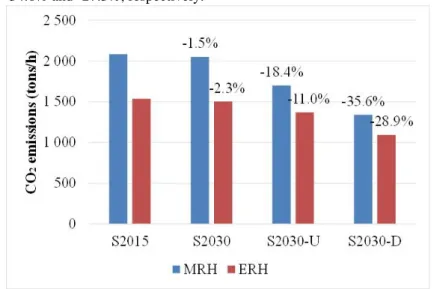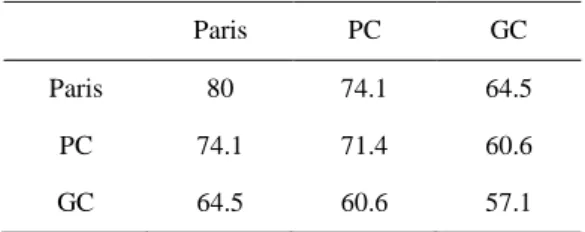Appraising the environmental benefits of ride-sharing: The Paris region case study
Texte intégral
Figure
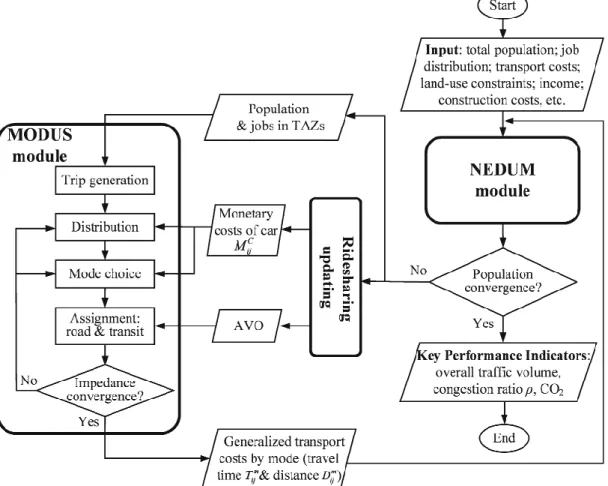
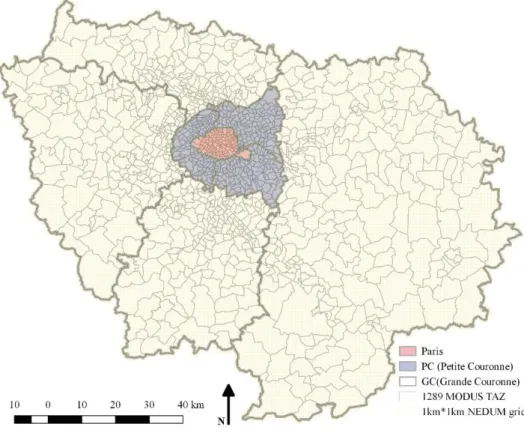

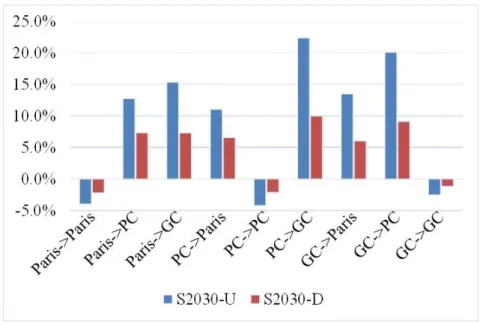
Documents relatifs
L’archive ouverte pluridisciplinaire HAL, est destinée au dépôt et à la diffusion de documents scientifiques de niveau recherche, publiés ou non, émanant des
L’opérateur place la pièce à serrer sur la semelle et agit sur le levier (3) pour faire tourner la vis de manœuvre (1), celle-ci fait avancer le coin (6) qui lui même agit sur
(E) et (F ) passent par 2 centres de rotations (pas les mˆ emes) et sont d´ etermin´ es par l’angle au centre entre ces 2 points (pas les mˆ
In recent years, intelligent transportation systems made it possible for operators to adapt in real- time the transportation supply to travel demand via new mobility services.
Dans le cas d’un processus de vieillissement normal, sans d’endommagements traumatiques, on peut supposer que l’élastine et le collagène ne seront pas endommagés outre mesure
As a consequence, the global solution made by the combination of the morning and evening results may not respect the maximal daily ride time constraint.. In that case, we designed
In the operations research literature, the Dial-A-Ride Problem (DARP) is a well-known optimization problem that consists in designing minimal-cost vehicle routes to fulfill a set
The following review differentiates between the studies using the definition of quality based on customer perceptions (customer-based quality, external management prac- tices) and
